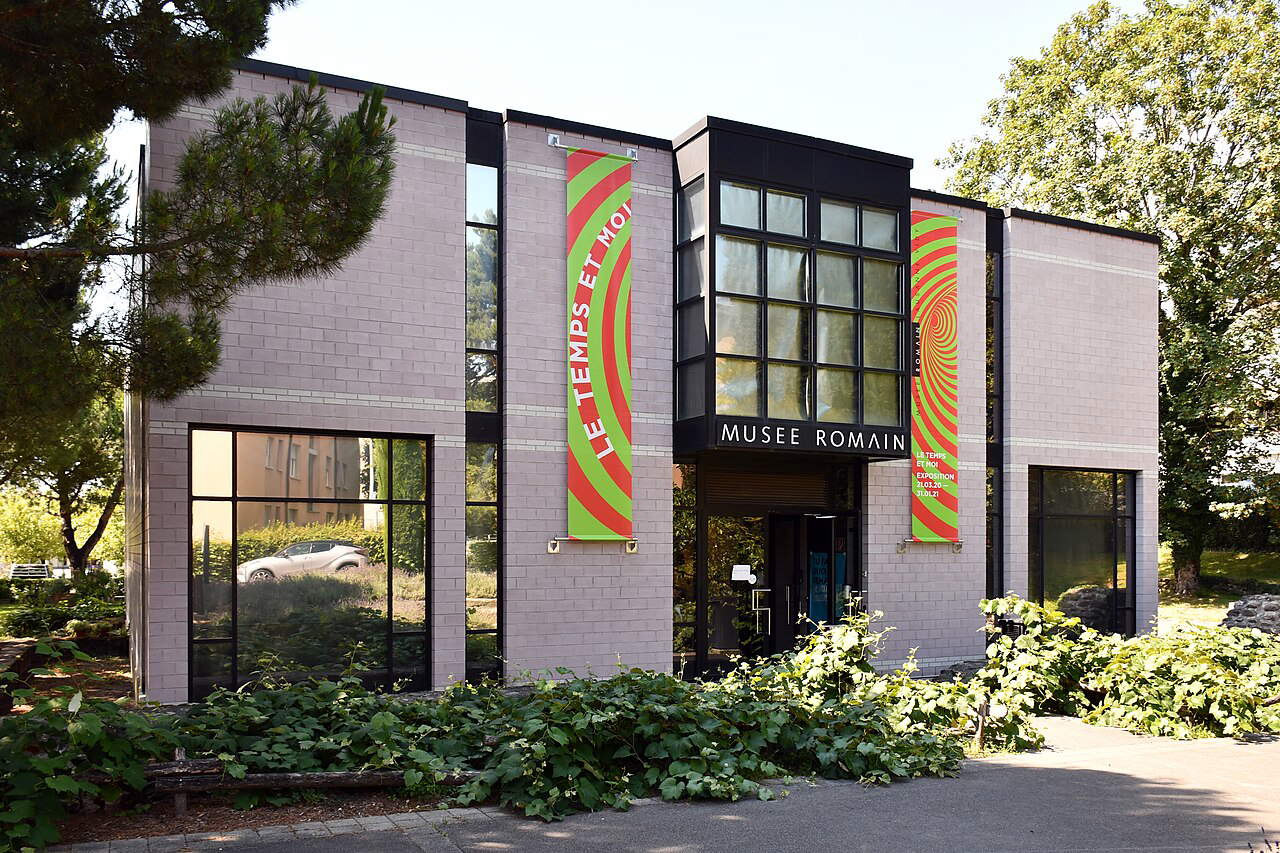After the theft at the Louvre last Oct. 19, another heist was pulled off at a museum. This time it was the turn of the Musée romain in Lausanne: late Tuesday afternoon, two individuals broke into the museum and took away several dozen gold coins of archaeological value after immobilizing the custodian. The theft, which took place in a matter of minutes but with carefully planned dynamics, has left the exact number of items stolen still uncertain, while the perpetrators of the heist remain unaccounted for at the moment. The incident resulted in the temporary closure of the museum, decided to allow investigators to make the necessary findings, and Swiss authorities have opened a criminal investigation for armed robbery and damage to property.
According to the Lausanne municipal police, the thieves entered the museum shortly before 5 p.m., regularly purchasing tickets at the counter as regular visitors. A seemingly harmless entry, which had given no warning signal to the staff present. It was scheduled to close at 6 p.m., and the museum was gradually emptying. Taking advantage of the moment when the last visitors had already left the halls, the two men acted by assaulting and restraining the custodian, a 64-year-old Swiss employee. The man, although in shock and frightened by the violence of the action, was not seriously injured and was able to answer investigators’ questions soon after law enforcement arrived.

The assailants then made their way to one of the exhibit’s showcases, a security case dedicated to numismatic collections. Here they forced open the protective system and took several gold coins that were part of the museum’s archaeological collection. The police pointed out that a detailed inventory is still in progress, considering that the stolen holdings cannot be easily catalogued based on initial checks and may also include other items whose absence could only become apparent with a thorough inspection. Precisely the archaeological nature of the assets also makes it complex to immediately estimate the economic value of the theft, which has not been quantified at present. The most relevant aspect, however, concerns the cultural and historical value of the objects, which constitute an irreplaceable heritage that is difficult to recover should they end up in the illegal market or, even worse, melted down for material.
After the two perpetrators escaped, the janitor managed to activate the alarm-assault, allowing for rapid police intervention. However, the men, as confirmed by authorities, had already managed to leave the building and lose their tracks. No details are yet known about the vehicle in which they may have left, and police have not released physical descriptions or useful references about the suspects’ identities, probably for investigative reasons. Investigators are now analyzing any video footage, both internal and external, that may help reconstruct the movements of the two perpetrators before and after the heist.
Investigators are also working on the hypothesis that the thieves may have previous experience in similar thefts or connections to networks dedicated to the illicit trafficking of archaeological artifacts, a phenomenon that is still one of the most lucrative and opaque black markets globally. It is not ruled out that the theft may have been commissioned, given the type of material stolen and the mode of the action, designed to minimize the time spent in the museum.
The management of the Musée roman worked with authorities to allow access to the spaces, and on Wednesday the facility was closed to the public to allow for the necessary surveys. The opening was restored Thursday, but the museum maintains close communication with the police for any further analysis. The institution expressed solidarity with the attacked staff member and pointed out that the incident did not involve visitors or other staff members, as the assault took place in a window of time when the halls were now empty.
Such a theft is considered rare in Switzerland, a country historically characterized by a high level of security for museums and public collections. However, there is no shortage of precedents that have deeply scarred public opinion and cultural institutions. Among the incidents recalled by authorities is the heist at the Musée de l’horlogerie in Geneva in 2002 and the one at the Audemars Piguet manufacture in the Vallée de Joux in 2010. The most striking precedents also include the 2008 theft from the Bührle Foundation in Zurich, when four paintings were stolen. That case had a major impact in the Swiss museum world and led to a profound rethinking of security strategies: the Bührle collection itself was later transferred to the Kunsthaus Zurich, a museum equipped with advanced protection systems and considered among the most secure in the country.
 |
| Robbery at Lausanne's Musée Romain: thieves steal dozens of gold coins |
Warning: the translation into English of the original Italian article was created using automatic tools. We undertake to review all articles, but we do not guarantee the total absence of inaccuracies in the translation due to the program. You can find the original by clicking on the ITA button. If you find any mistake,please contact us.